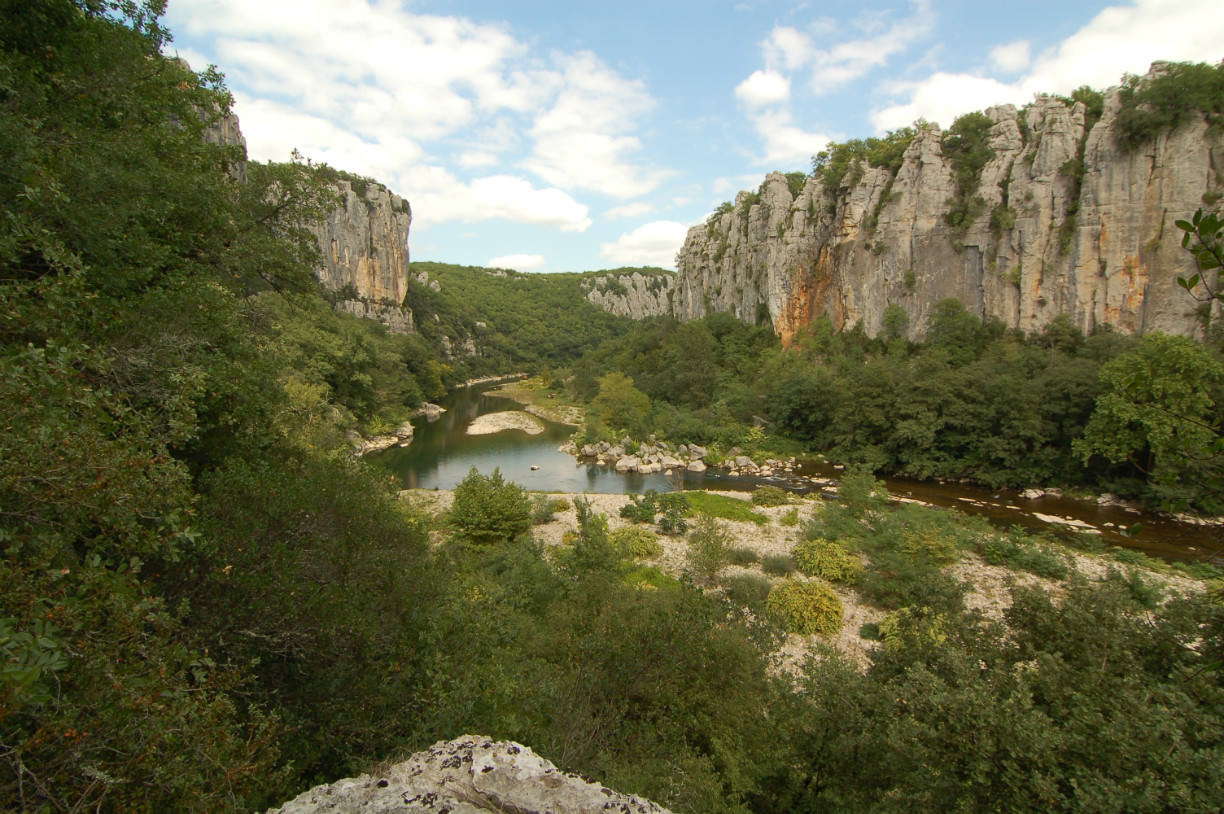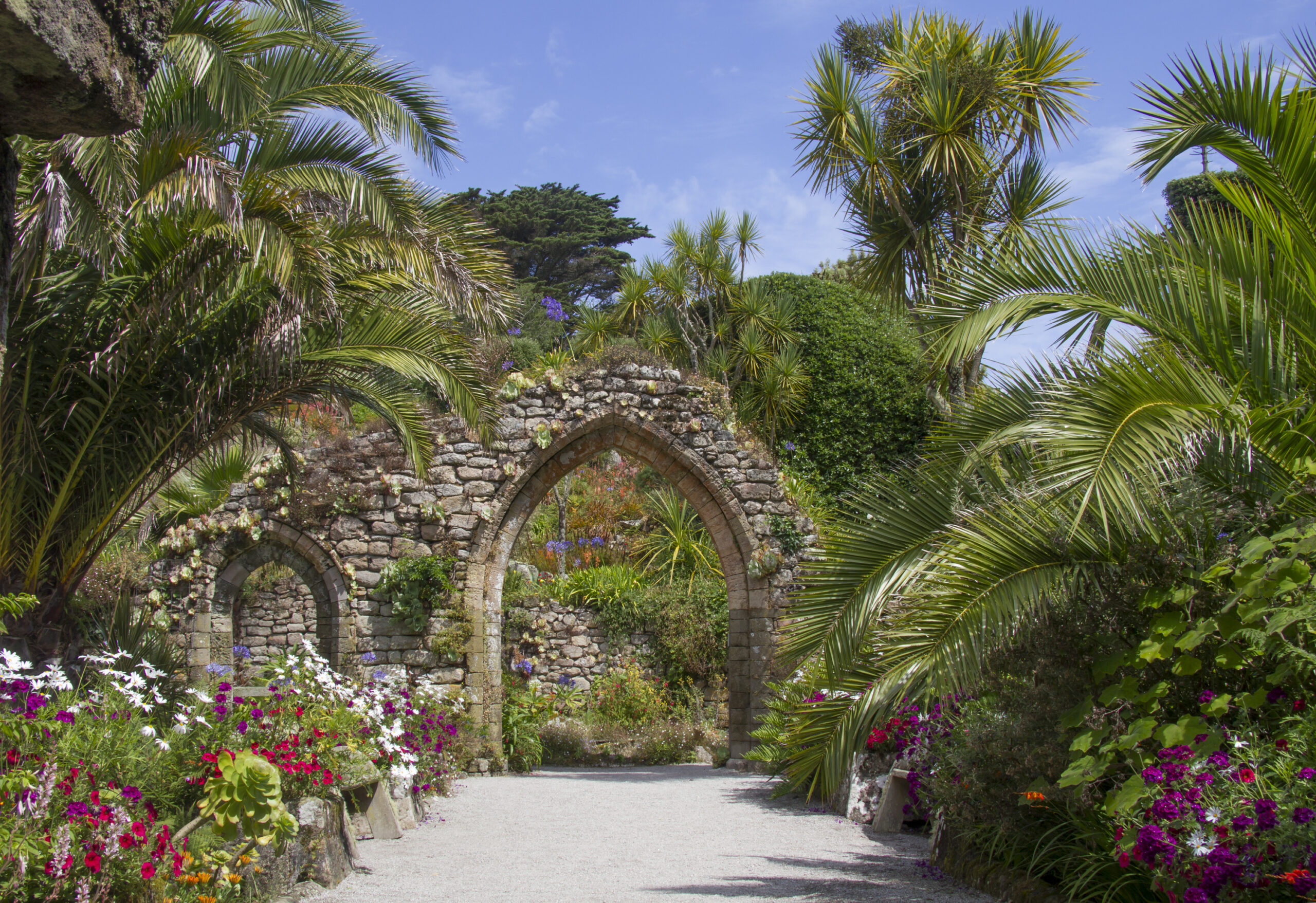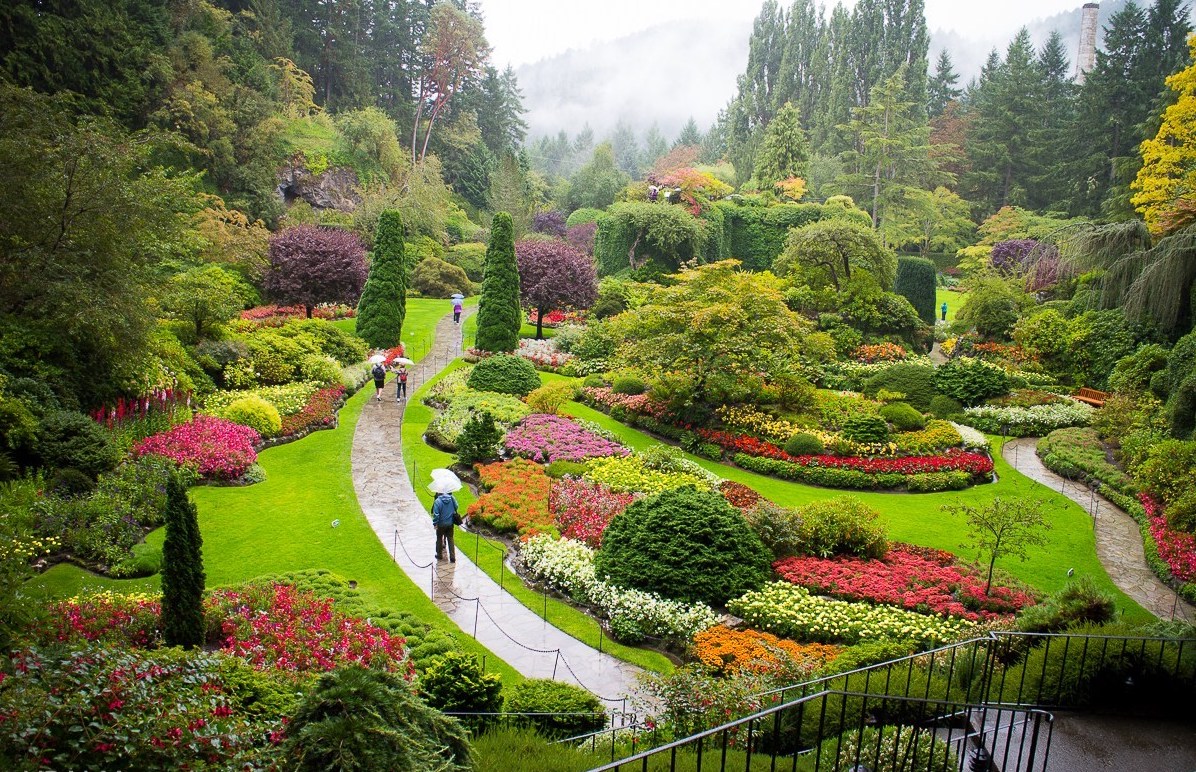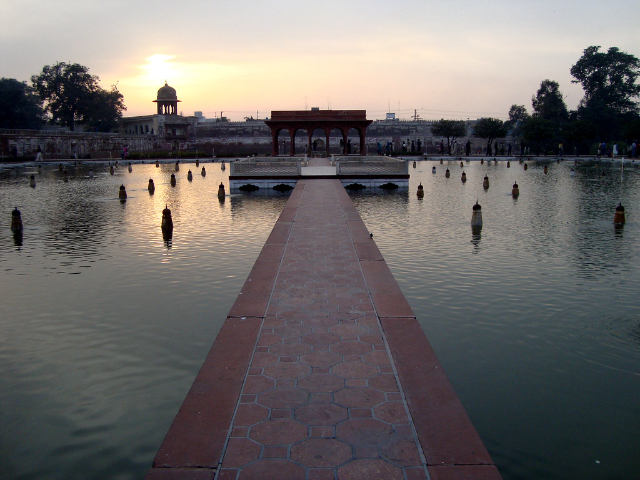Created on 2 September 1970 and classified as a Biosphere Reserve in 1985, the Cévennes National Park is simply exceptional for the peculiar balance that has been established between human beings and a nature shaped by successive generations since the Neolithic, but also for its approach that combines protection and development. The Park is even inhabited in its "heart", a protected and regulated area par excellence. It also constitutes 70% of the area called "Causses et Cévennes", classified, in 2001, by UNESCO as "Cultural landscape of the Mediterranean agro-pastoralism". The biodiversity of the National Park is very rich. There are 2 410 animal species, including 45% vertebrates and two thirds of the mammals in France, including 20 species of bats. The area is also home to numerous species of birds of prey at risk of extinction: golden eagles, white eagles, peregrine falcons, golden owls… It is a privileged site for griffon vultures, monk vultures, Egyptian vulture and bearded vultures. The local flora is very diverse (11 000 species, including 2 350 flowering plants), with exceptional and endemic plant associations, particularly in the bogs of the Lozère and Aigoual mountains or in the Causses pseudo-steppe area.













